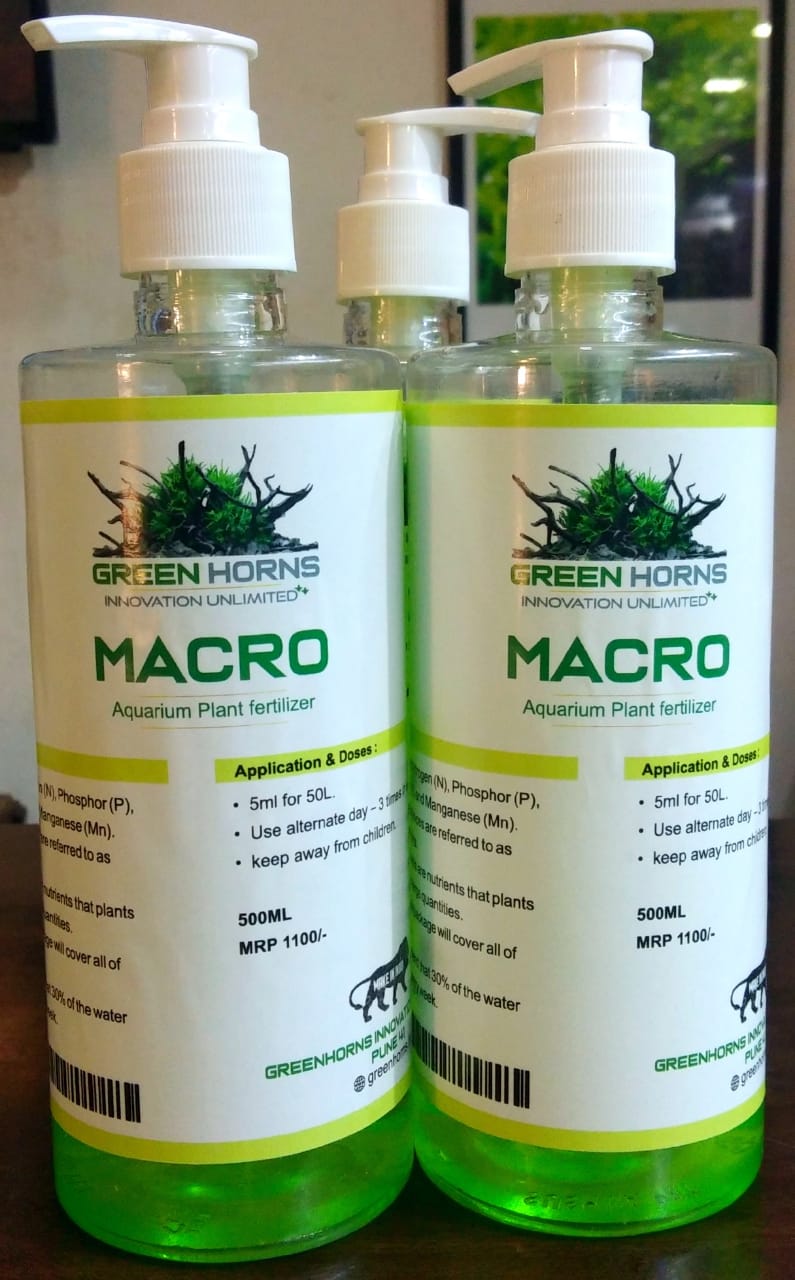

The percentage declarations are calculated from the atomic weights of the individual elements.

20:10:10 means that the particular fertiliser contains 20% N, 10% P 2O 5 and 10% K 2O, always given in that order. To convert this into numbers of bags of fertiliser per hectare, it is necessary to use the percentage analysis figures for the fertiliser in question. For example, the recommendation for a spring cereal crop may be to apply 100 kg/ha N, 50 kg/ha P 2O 5 and 50 kg/ha K 2O. The kilogram is now the unit of plant food in many parts of the world and recommendations are given in terms of kilograms per hectare (kg/ha). Lane, in Lockhart & Wiseman’s Crop Husbandry Including Grassland (Ninth Edition), 2014 4.3.1 Plant food requirements It is a very effective method for the nutrient supply as well as found to be safer for the underground water in terms of contamination and causes no or less health hazards. Shaaban recommended the application of injection fertilization, especially directly to trunks of mango and grapevine. The main advantage of the injection of fertilizers directly in to the plant trunk is the treatments used for controlling or eradicating the weeds can be avoided because the weeds cannot compete with the crop plants for the available nutrients. The fertilizers also can be directly applied to the tree trunk. The addition of nutrients like phosphorous and micronutrients in the form of dissolved compounds also prevents the absorption of added fertilizers by the roots.

The fertilizers are also lost by volatization, especially N. In most of the cases, high soil permeability allows the loss of nutrients especially by fast leaching of the fertilizers to the underground water. The plant roots take up only a very small portion of soil-added fertilizers. For example, anhydrous ammonia placed in narrow furrows at a depth of 12–15 cm will be covered suddenly to prevent loss of ammonia. The loss of plant nutrients can be prevented by the injection of liquid fertilizers into the soil. Nonpressure solutions may be applied on the surface or in furrows. The liquid fertilizers can be injected into the soil by either pressure or nonpressure types. Linu Mathew, in Controlled Release Fertilizers for Sustainable Agriculture, 2021 3.2.3 Injection into soil/plants


 0 kommentar(er)
0 kommentar(er)
